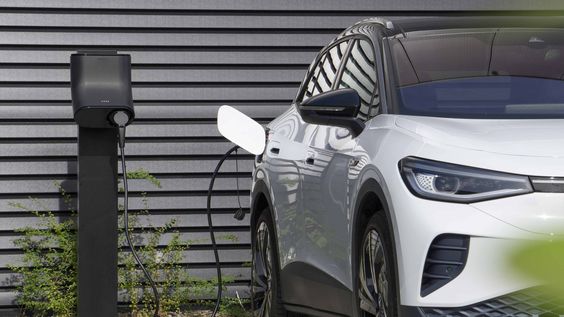This blog will delve into the thrilling advancements that are molding the future of electric vehicles and their charging infrastructure. As the world navigates towards sustainability, the automotive sector stands as a crucial player in this transformation. Electric vehicles (EVs) have surfaced as a hopeful remedy to curb carbon emissions and lessen reliance on fossil fuels. Yet, the trajectory of EVs extends beyond mere adoption; it crucially relies on the progressions in EV charging technology.
Extended Battery Life and Range
One significant barrier hindering the widespread adoption of electric vehicles is the issue of range anxiety—concerns about whether an electric vehicle will have sufficient charge to complete a journey. However, advancements in battery technology are poised to alleviate this apprehension. Scientists are investigating materials such as solid-state batteries, which offer the potential for increased energy density, quicker charging periods, and extended lifespans. These innovations hold the promise of significantly enhancing the driving range of electric vehicles, thereby rendering them more suitable for everyday commuting and long-distance trips.

Ultra-Fast Charging Networks
Another vital element influencing the adoption of electric vehicles is the speed of charging. While existing fast chargers can deliver a respectable charge in approximately 30 minutes, upcoming advancements aim to slash this duration considerably. Ultra-fast charging networks, boasting power outputs ranging from 350 kW to as high as 1 MW, are in the works. These chargers have the potential to provide a substantial charge in just a matter of minutes, thereby enhancing the feasibility of long-distance journeys for EV owners.
Bidirectional Charging and Vehicle-to-Grid (V2G) Integration
Electric vehicles transcend mere transportation; they function as mobile energy storage units. Future advancements capitalize on this feature by facilitating bidirectional charging, allowing EVs not only to draw power from the grid but also to return excess energy to it. This concept, referred to as Vehicle-to-Grid (V2G), holds vast potential. EVs could serve as energy reserves during peak demand, aiding in grid stabilization and even offering backup power during outages.
Wireless Charging Technology
The ease of wireless charging isn’t exclusive to smartphones; it’s now extending into the realm of electric vehicles. Wireless charging eradicates the necessity for physical connectors, streamlining the charging process to the point where it’s as effortless as parking over a charging pad. This advancement has the potential to expedite EV adoption by minimizing the perceived inconvenience of plugging in and enhancing the accessibility of charging infrastructure.
Autonomous EV Charging Solutions
With the progression of self-driving technology comes the prospect of autonomous charging solutions. Envision your electric vehicle autonomously navigating to a charging station upon detecting a low battery, and then returning to its parking location once recharged. This degree of automation would further enhance the convenience and seamlessness of owning an EV.
Renewable Energy Integration
The fusion of electric vehicles with renewable energy sources has the potential to transform our perceptions of transportation and energy usage. Incorporating solar panels into the vehicle’s exterior or embedding them into roads could facilitate charging EVs while they’re in motion. Such innovation holds promise in making EVs more environmentally sustainable and alleviating pressure on conventional power grids.

The future of electric vehicle (EV) charging is poised for advancement through its integration with smart grids and the utilization of predictive artificial intelligence. Smart grids have the capability to optimize charging schedules by considering energy demand and cost fluctuations, ensuring that EVs recharge during periods of abundant and cost-effective electricity. Additionally, predictive AI can assist drivers in planning their journeys and charging stops more efficiently, taking into account variables such as traffic conditions, weather forecasts, and the availability of charging stations.
The landscape of electric vehicles and EV chargers represents a realm of continual innovation and progress. As technology evolves and researchers explore novel frontiers, we anticipate enhancements such as extended driving ranges, expedited charging speeds, enhanced integration with energy grids, and more user-friendly charging methodologies. These advancements not only democratize EV ownership but also pave the way for a cleaner and more sustainable future in transportation. The path forward is electrified, brimming with thrilling opportunities


